(ECNS) -- Chinese shadow puppetry, also known as shadow play, is performed with a translucent cloth screen illuminated from behind. Puppeteers manipulate silhouetted figures using rods, creating the illusion of moving images.
Accompanied by music and singing, fascinating stories are told on this special stage. Chinese shadow puppetry is believed to have originated in the Western Han period (202B.C.-- 8A.D.) as a recreational activity for nobles.
It eventually became popular among common people in the Yuan Dynasty (1271-1368), and spread to Central Asia through commercial activities. In the following few centuries, shadow puppetry reached Europe.
The Europeans, including German poet Johann Wolfgang von Goethe (1749-1832), were very impressed by the Chinese folk art.
Most shadow puppets are made of leather. Carving, painting, sewing, lacquering and other procedures are needed to create such colorful silhouette figures.
In the days before film and television, shadow plays were the dominant means to entertain children.
As a storytelling art that formed 2,000 years before movies, the shadow play has been embracing new elements.
For instance, these figures vividly depict ice and snow sports such as ski jumping and figure skating.
The Olympic Winter Games were expressed through this traditional art, which has gained new vitality in the modern world.
This art of light and shadow has reclaimed its past glory, taking on new styles to pass on legends, history and culture.










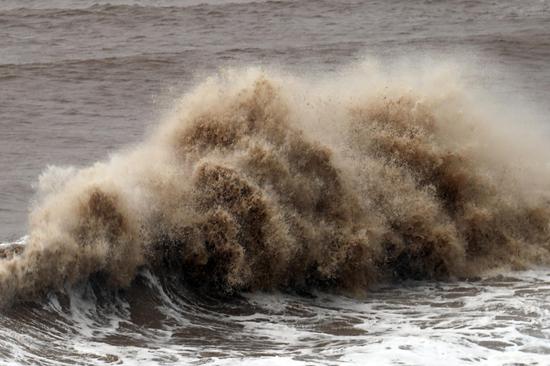

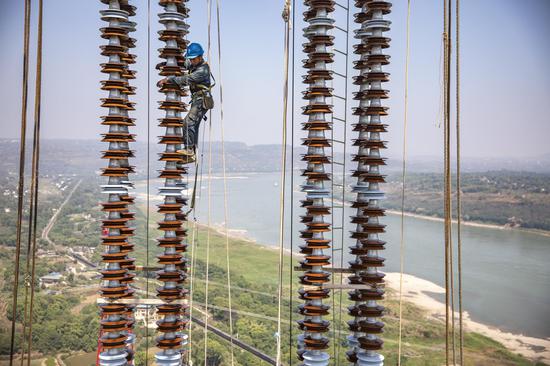

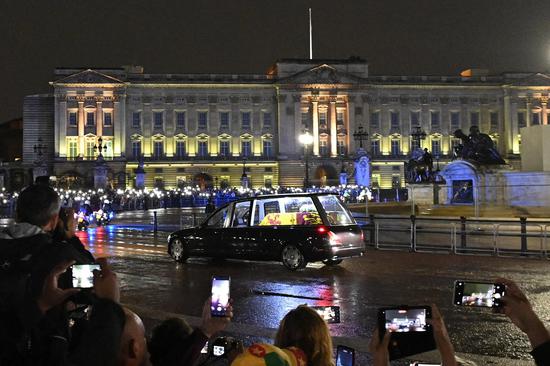






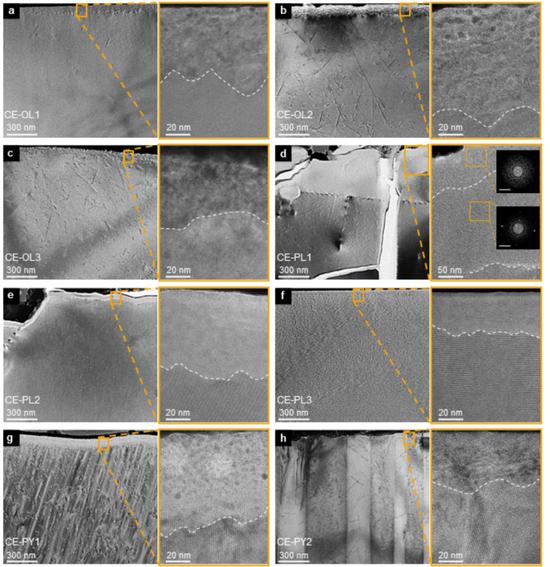




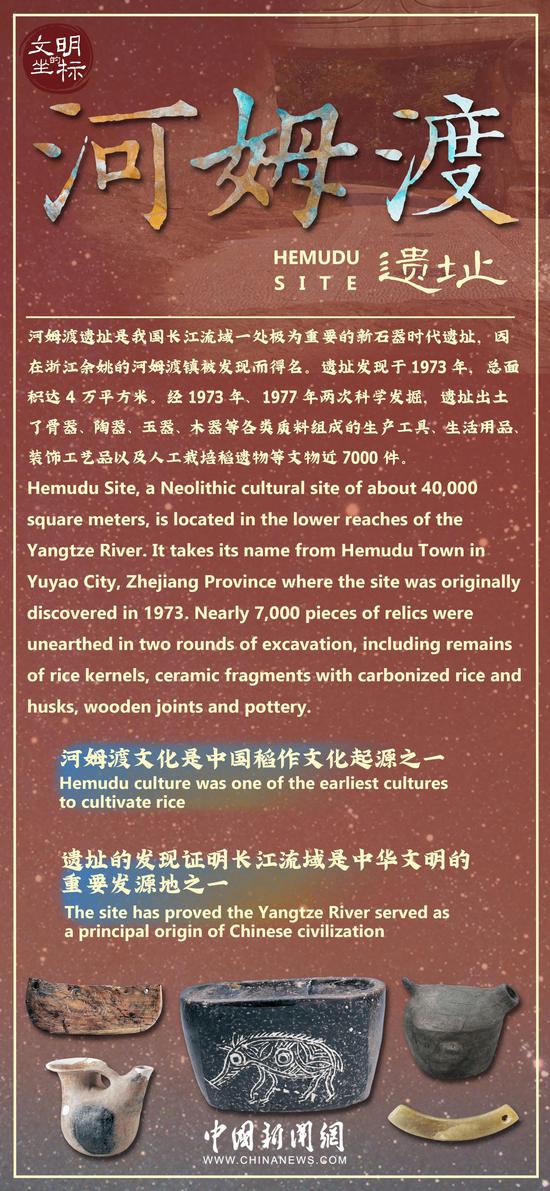


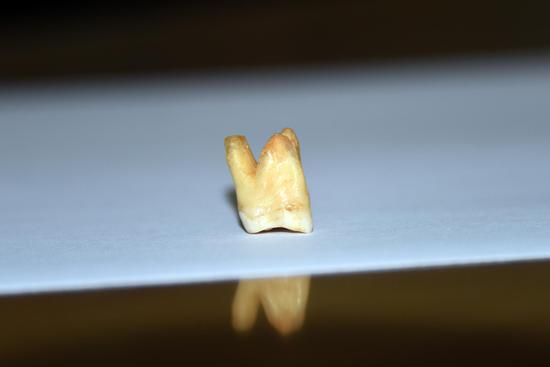

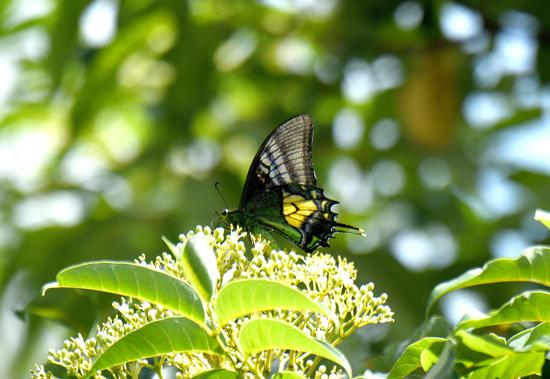

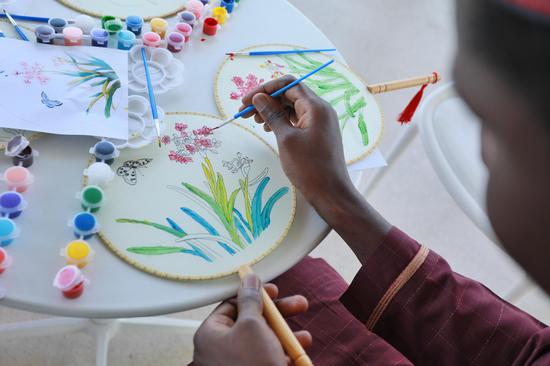
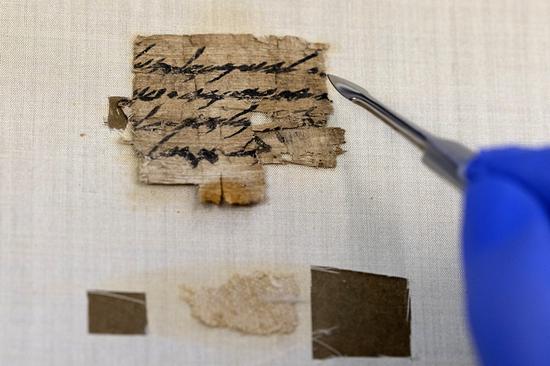
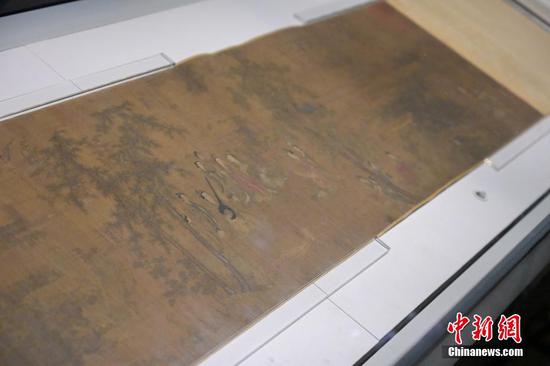

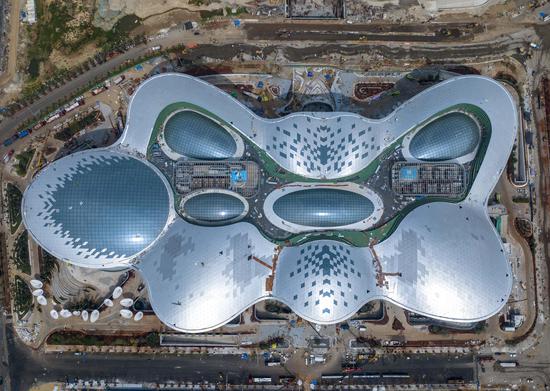

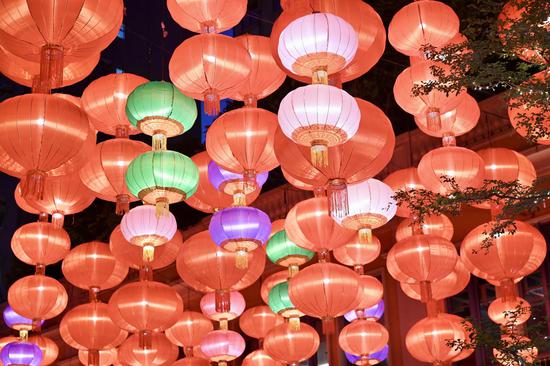


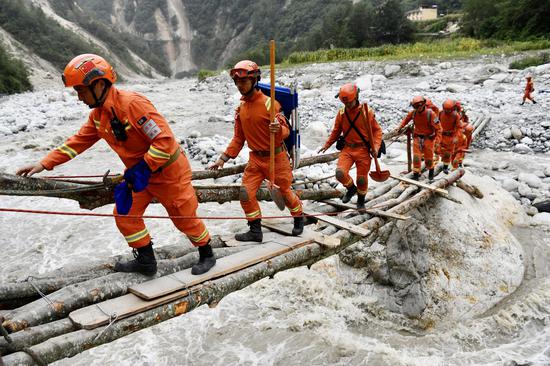
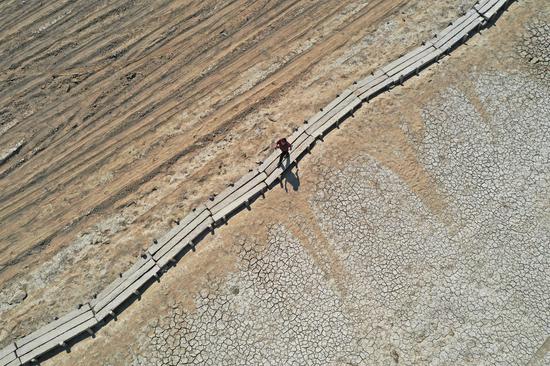






 京公网安备 11010202009201号
京公网安备 11010202009201号